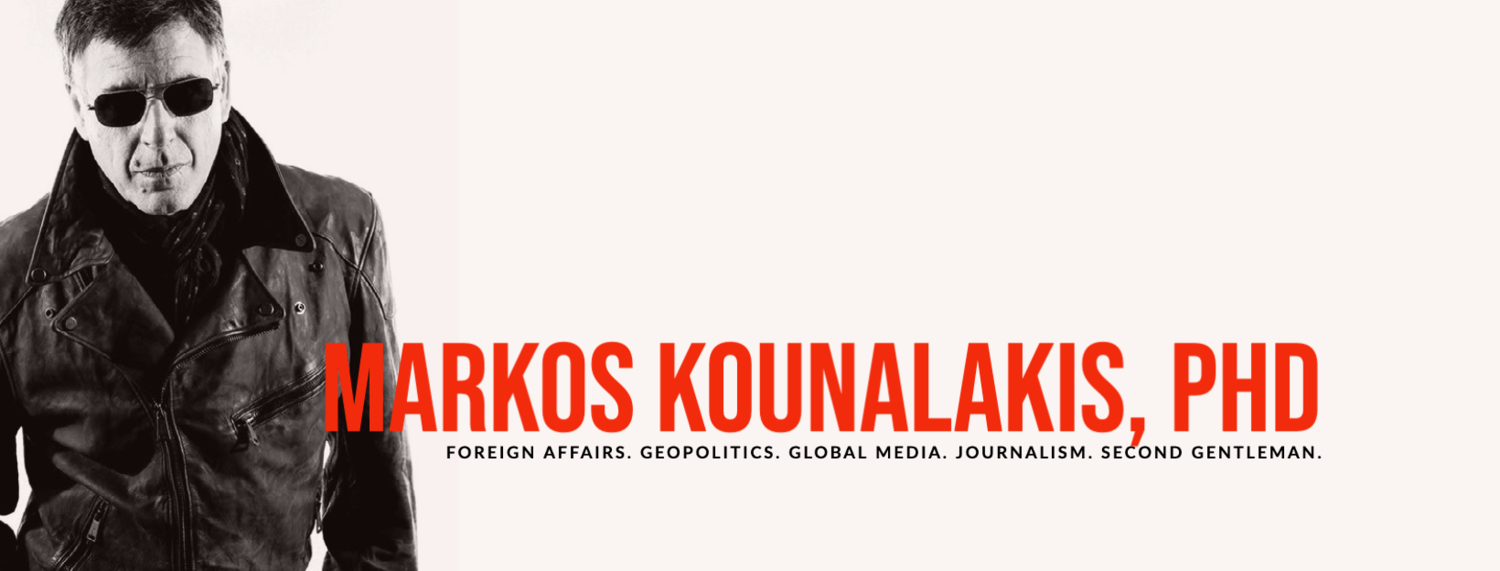Confederate monuments deserve Soviet treatment
Budapest’s Freedom Square hosts a prominent and controversial Soviet war memorial. Hungarians regularly argue for its removal, but it remains unmoved and guarded. It is an exception.
The bulk of Soviet-era statues in Budapest and in countries formerly behind the Iron Curtain have been removed, relocated, and reinterpreted. The idea is not to erase history, but to contextualize it. And now, as recent events and President Trump rekindle the debates surrounding Confederate statues and monuments, America should look to other countries’ tortured histories and controversial memorials to get a grip on how to handle its own.
The bronze statue of Lenin at Memento Park in Budapest, Hungary, a museum exhibiting dozens of Socialist-era statues and monuments removed from the streets of Budapest after the fall of the communist regime.
In Hungary, Freedom Square’s remaining Soviet monument is a fenced off, sometimes vandalized reminder of a WWII liberating army. Notably located, the Soviet obelisk stands next to the U.S. Embassy, just below the ambassador’s window. Unlike other U.S.S.R. monuments in Budapest, a treaty guarantees this one’s place and preservation.
Other Communist monuments, however, have been removed and relegated to a final resting place just outside of town in Memento Park. The park boasts “the biggest statues of the cold war” and is a lesson in how to reinterpret a nation’s painful past. Supersized statues of Communist-era commissars stand quietly in the elements, without interpretation. Nearby, however, a museum barracks full of educational material puts the era and objects into complete and nuanced context. School groups and tourists visit regularly. Read More

